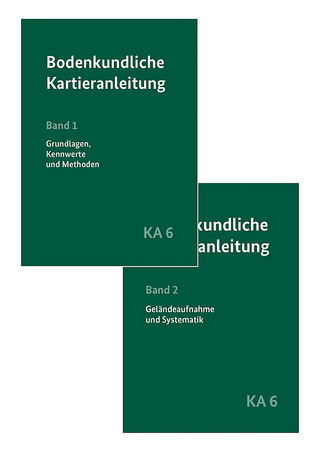
The End of Driving
Elsevier Science Publishing Co Inc (Verlag)
978-0-12-815451-9 (ISBN)
The End of Driving: Transportation Systems and Public Policy Planning for Autonomous Vehicles explores both the potential of vehicle automation technology and the barriers it faces when considering coherent urban deployment. The book evaluates the case for deliberate development of automated public transportation and mobility-as-a-service as paths towards sustainable mobility, describing critical approaches to the planning and management of vehicle automation technology. It serves as a reference for understanding the full life cycle of the multi-year transportation systems planning processes, including novel regulation, planning, and acquisition tools for regional transportation.
Application-oriented, research-based, and solution-oriented rather than predict-and-warn, The End of Driving concludes with a detailed discussion of the systems design needed for accomplishing this shift.
From the Foreword by Susan Shaheen: The authors … extend potential solutions through a set of open-ended exercises after each chapter. Their approach is both strategic and deliberate. They lead the reader from definitions and context setting to the transition toward automation, employing a range of creative strategies and policies. While our quest to understand how to deploy automated vehicles is just beginning, this book provides a thoughtful introduction to inform this evolution.
Bern Grush is a transportation demand management and geographic systems entrepreneur, consultant, speaker, and writer. Co-Founder of Grush Niles Strategic, Bern develops patents and technologies for autonomous road tolling and autonomous parking, is a contributing author to Disrupting Mobility: Impacts of Sharing Economy and Innovative Transportation on Cities (Springer, 2017), and holds degrees in Human Factors and Systems Design Engineering from the University of Toronto. John Niles researches, designs, plans, and evaluates transportation improvement policies and actions. He is a Research Associate with the Mineta Transportation Institute at San Jose State University, Executive Director of the Center for Advanced Transportation and Energy Solutions in Seattle, and Co-Founder of both the Grush Niles Strategic and Global Telematics consultancies. He holds degrees from Massachusetts Institute of Technology and Carnegie Mellon University.
1. Critical Terminology and System Views2. Three Planning Contexts: Hype, Diffusion, and Governance
Part I: Contexts3. A Broad Context: The Contention of Change 4. Conflicting Narratives: Shared Understanding Will Be Difficult to Achieve
Part II: Problem5. A Challenging Transition: Two Competing Markets 6. Transitioning Through Multiple Automated Forms 7. How Privately Owned Vehicles Could Dominate the Next 30 Years8. A Note About Congestion 9. Barriers to Shared Use of Vehicles
Part III: Solutions10. Transit Leap in Theory 11. Transit Leap in Practice: City of SeaTac 12. Governing Fleets of Automated Vehicles 13. Harmonizing Competitive Fleets of Automated Common Carriers 14. The End of Driving and Transit-Oriented Development 15. How Behavioral Economics Can Help
| Erscheinungsdatum | 30.08.2018 |
|---|---|
| Sprache | englisch |
| Maße | 152 x 229 mm |
| Gewicht | 540 g |
| Themenwelt | Naturwissenschaften ► Geowissenschaften ► Geografie / Kartografie |
| Recht / Steuern ► EU / Internationales Recht | |
| Recht / Steuern ► Privatrecht / Bürgerliches Recht ► Transportrecht | |
| Technik ► Fahrzeugbau / Schiffbau | |
| ISBN-10 | 0-12-815451-9 / 0128154519 |
| ISBN-13 | 978-0-12-815451-9 / 9780128154519 |
| Zustand | Neuware |
| Informationen gemäß Produktsicherheitsverordnung (GPSR) | |
| Haben Sie eine Frage zum Produkt? |
aus dem Bereich



